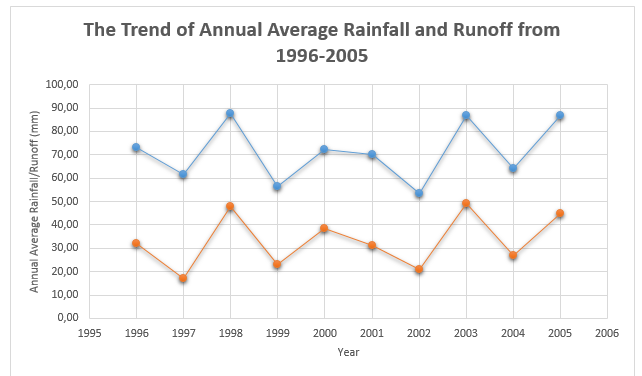Figure 1 below shows that the average rainfall and runoff fluctuates from one year to another with a similar variation trend.

The scatter plot shows that the annual average rainfall and runoff have positive relationships (Figure 2). The regression line indicates that the annual average rainfall accounts for 90.36% of the annual average runoff variation. Field (2017) explains that coefficient of determination (R-square) indicates the degree to which a predictor influences a response variable.

Figure 3 depicts the seasonality in monthly averages of rainfall and runoff. November, December, and February have the lowest rainfall and runoff, while June, July, August, September, and October have the peak levels of rainfall and runoff. Comparatively, March, April, and May have moderate levels of rainfall and runoff.

Figure 4 reveals that monthly average rainfall and runoff have a positive relationship. The monthly average rainfall explains 97.23% of the variation in the monthly average runoff.

Rainfall and runoff have a positive correlation, as shown in the scatter plot below (Figure 5). Rainfall accounts for 93.68% of the variation in the runoff.

Reference
Field, A. P. (2017). Discovering statistics using IBM SPSS statistics. SAGE Publications.